After covering the Kalanguya Festival, Roel, Alex and I boarded our van for the 2-hour trip to the town of Dupax del Sur where we dropped by its Church of St. Vincent Ferrer, one of the oldest and biggest churches in North Luzon and the best-preserved church complex in Nueva Vizcaya. Here, we met up with parish priest Fr. Ferdinand E. Lopez.
Declared a National Cultural Treasure by the National Museum of the Philippines in July 2001, this 18th-century church, under the advocation of Saint Vincent Ferrer (though its original titular patron was the Nuestra Señora del Socorro), is under the jurisdiction of the Roman Catholic Diocese of Bayombong.
Made of brick, lime, coral or river rock and wood plastered over with stucco, the church covers an area of 7,200 sq. m. and its architectural design is similar to that of St. Peter Cathedral in Tuguegarao City, only less in ornamentation and lower in height with no spiral columns and pilasters to offer support to the structure.
The present structure (an earlier church structure of modest design might have been erected before 1773), built by Dominican Fr. Manuel Corripio, OP with brick in 1776, mimics the silhouette of the earlier Tuguegarao Cathedral and is reflected on the churches of Bayombong and Bambang. During its construction, Fr. Corripio had two kilns made near the church complex, one for firing bricks and the other for preparing lime.
The Baroque-style façade, divided by cornices into horizontal segments of plastered brick, features a semicircular arched main portal, embellished with clay insets (representing symbols of the Dominican Order), and a main doorway flanked on both sides by two blind windows with an embossed image of the Holy Eucharist, all at the first level. The second level features a niche and two windows framed by embossed carvings.
The entire triangular pediment, divided into two horizontal sections, is capped by undulating cornices and 7 finials, with the central finial crowned with a cross. The lower half is pierced by a deeply-recessed oculus while the upper part features a small relief of a cross.
To the right of the façade is the unplastered, 4-level, rectangular bell tower whose base features a niche with the statue of St. Vincent Ferrer, similar to that found on the second level of the façade. The tower’s second level features long, narrow windows framed with bracket columns. It is capped with a decorative parapet and a small cupola surmounted by a cross.
Each level bears inscription of the years when it must have been completed. We climbed all the way to the top of the tower via a very narrow, dark and steep stairway. Two of the four bells were cast in 1858 and 1888. Up on the tower, we had a panoramic view of the whole town and the mountains of the Sierra Madre.
Inside the church are two, white-washed narthex pillars, supporting the choir loft, embellished with finely-carved stucco reliefs of cherubs, shells, florals and arabesques. Similar motifs can also be found on the baptistery. The original main retablo (altar backdrop) and pulpit are still intact but the heads of the statues in the retablo are believed to be just reproductions of the ivory ones stolen over the course of the church’s history.
The 2-storey church convent, connected to the church, still retains slits on the outer walls for archers to defend against attacks and target marauders. The church plaza is enclosed by a low perimeter wall and a replica of an earlier atrial cross.
Church of St. Vincent Ferrer: Aritao-Quirino Rd., Brgy. Dopaj, Dupax del Sur, 3707, Nueva Vizcaya. Tel: (078) 808 1016.
How To Get There: Dupax del Norte is located 248.26 kms. from Manila and 26 kms. south of Bayombong.

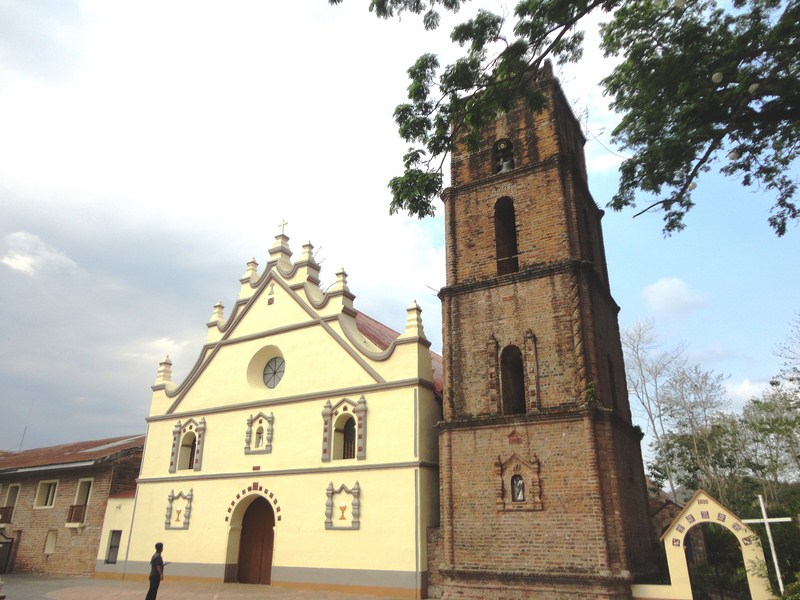
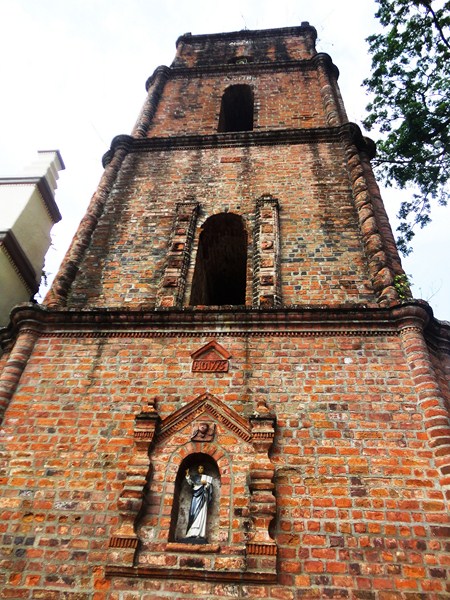
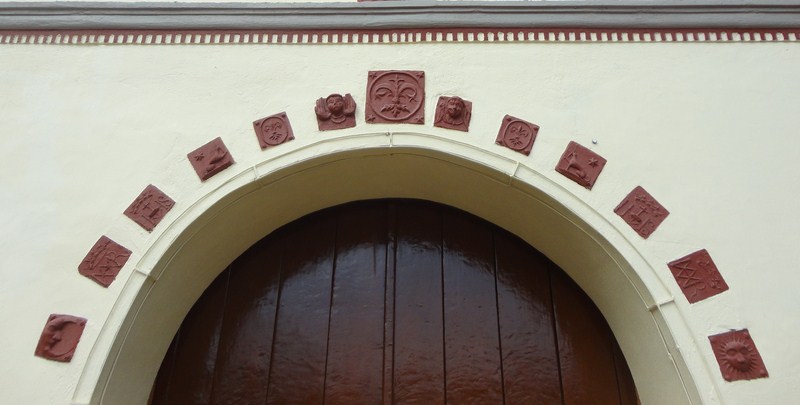
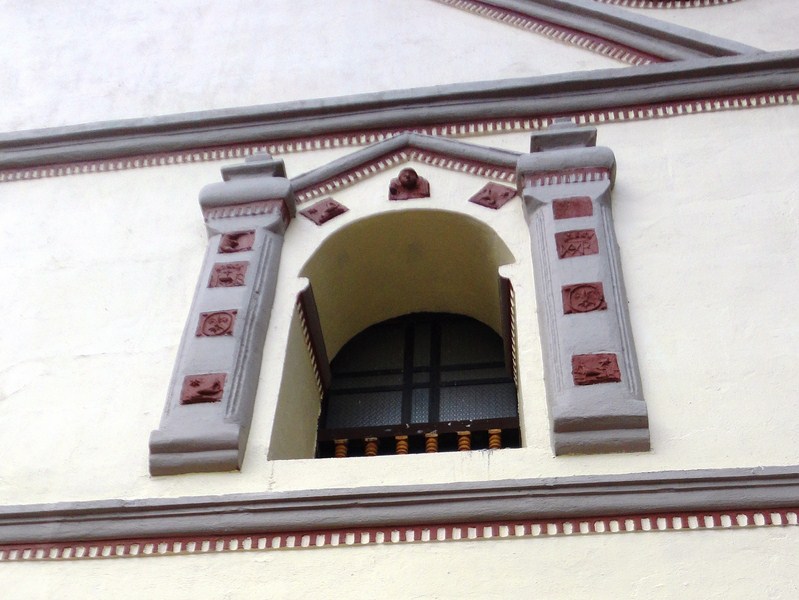
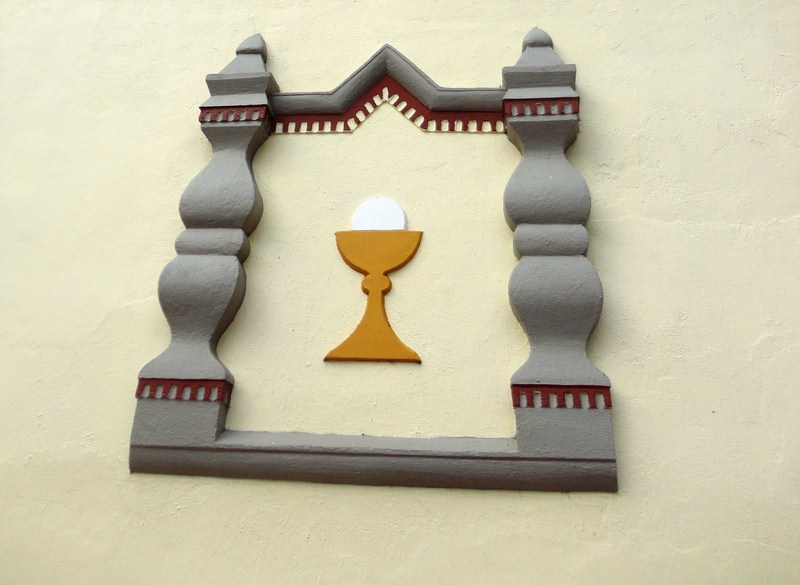
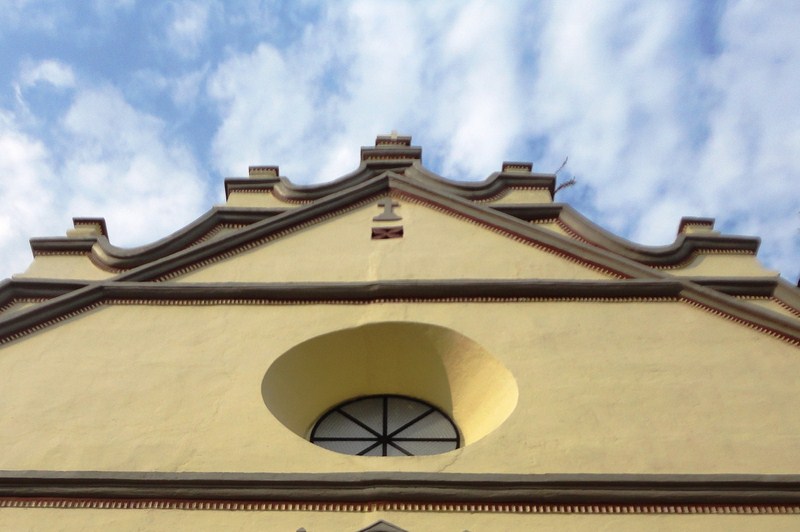
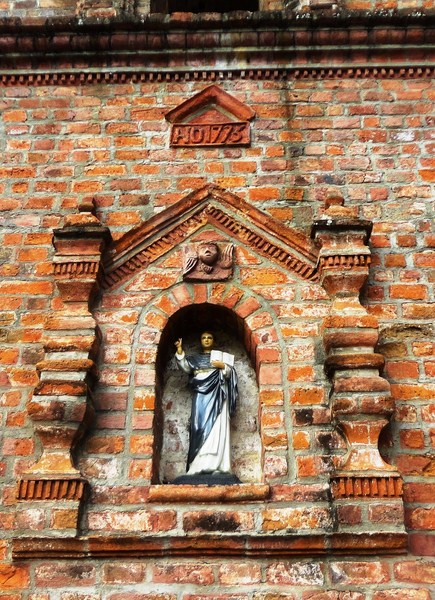
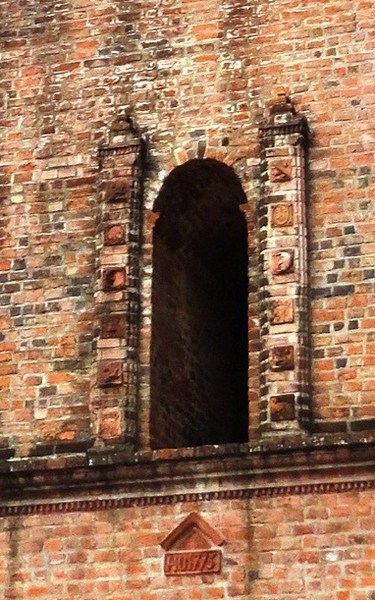
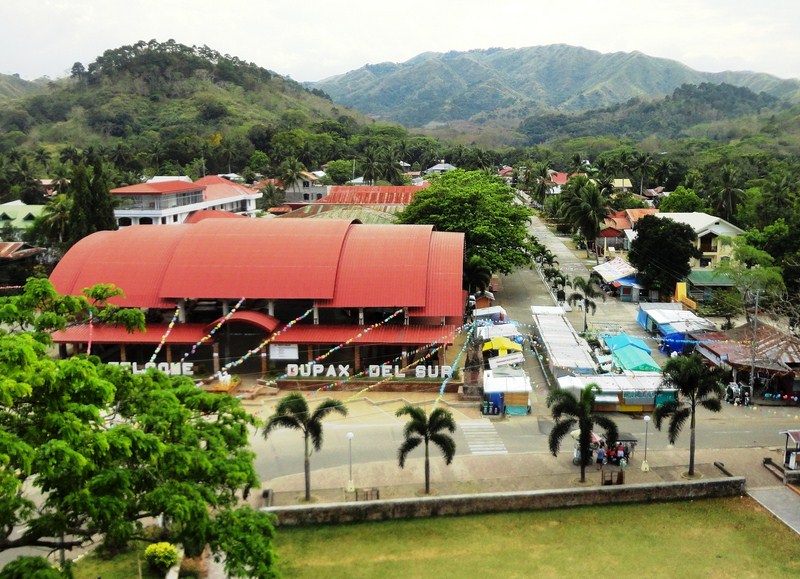
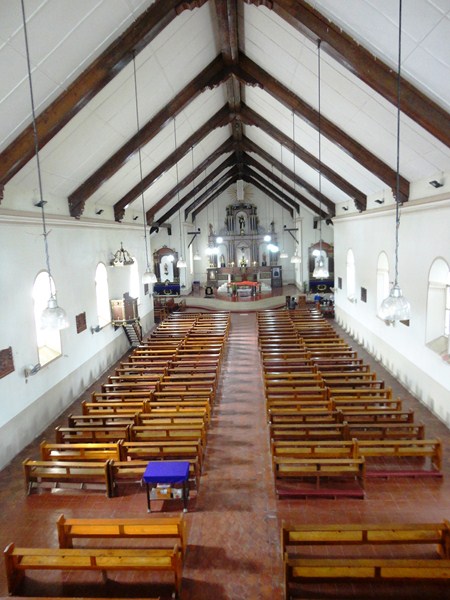
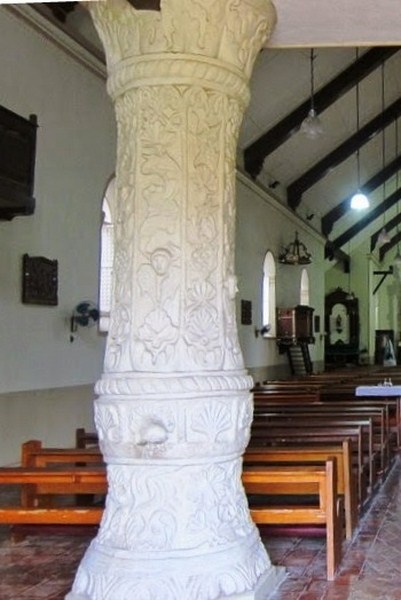
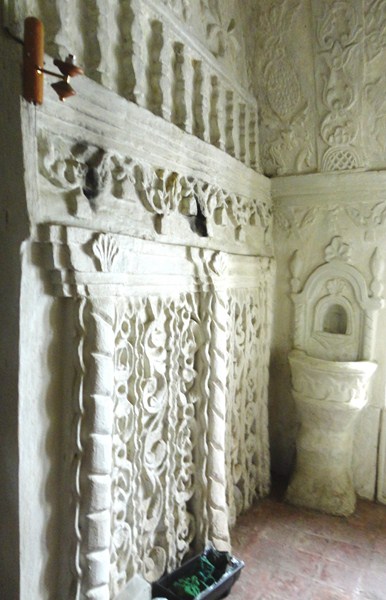
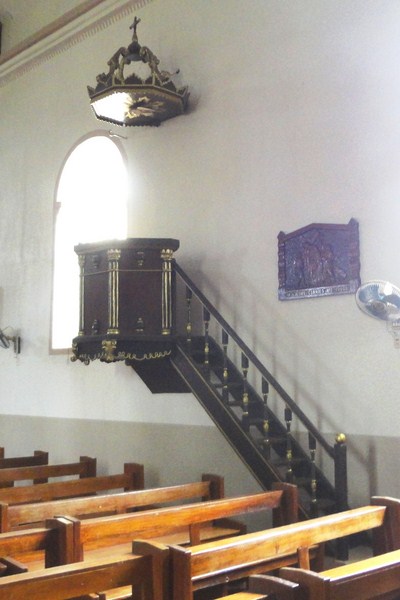
please send us the email address of this parish
thanks
Sorry I don’t have that info in my research